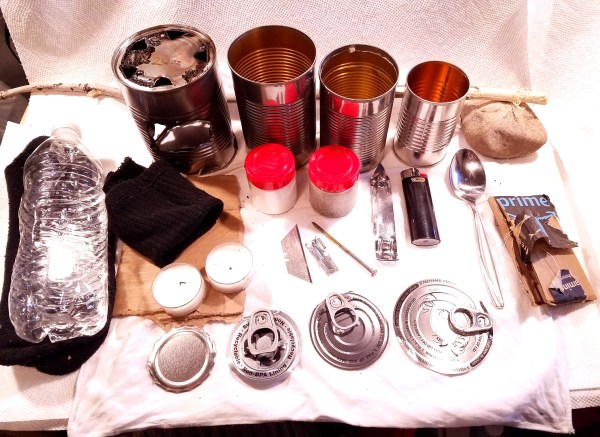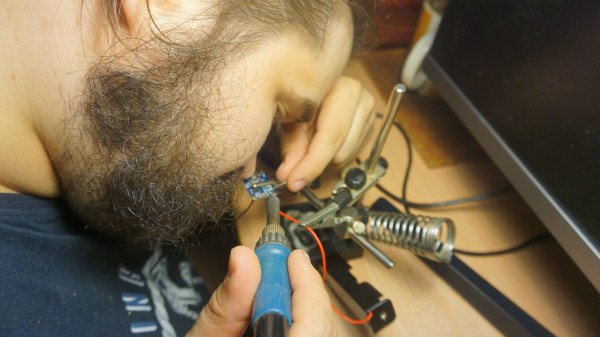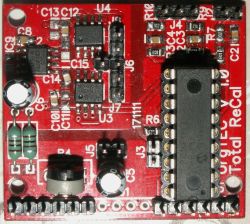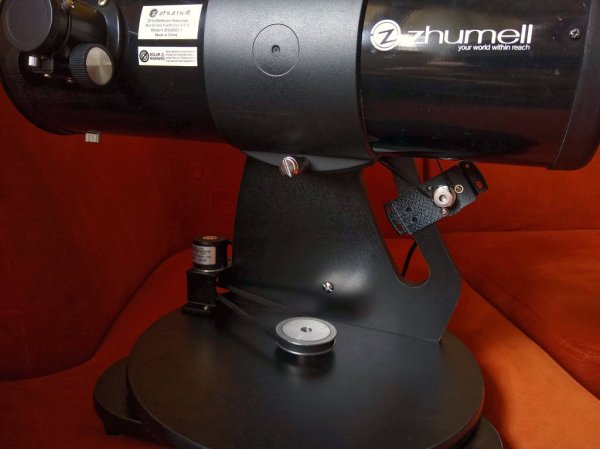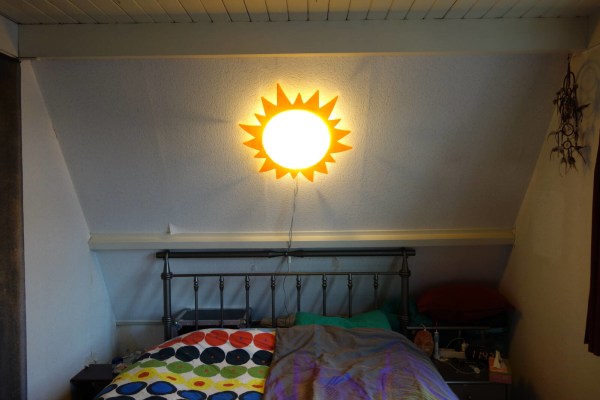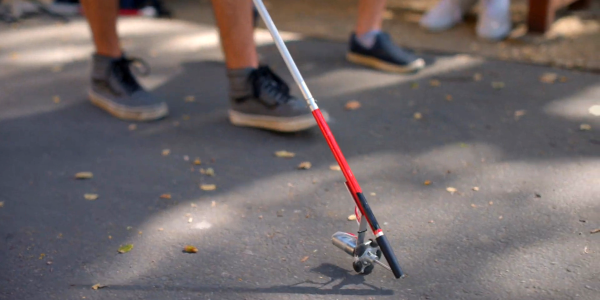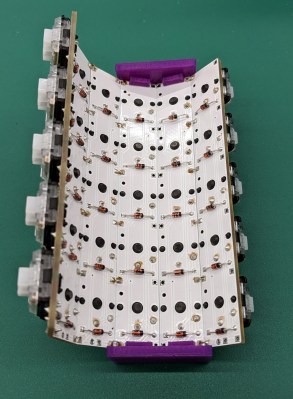Let’s face it, times are hard, and winter is imminent in the northern hemisphere. No matter how much you have to your name, there’s nothing like a cup of hot tea or a warm meal on a cold day. So if you need a snow day activity, consider preparing for whatever may come to pass by building yourself a complete hobo stove system out of empty cans.
[ElectroIntellect]’s stove consists of a 20oz can turned upside down with several holes made in the bottom for heat to rise. The smaller cans are used for cooking pots, and the smallest as a cup. The stove itself is meant to run on flaming twigs stuffed into the base, or a couple of tealight candles if you can only find green wood around.
This comprehensive guide covers everything from building the system to packing it up safely and taking it out to cook in the concrete wilderness. As a special bonus, [ElectroIntellect] brews up some hobo coffee on the stove using an old (clean) sock, and prepares a can of chili in under an hour with candle power.
Too much hardware for you? You can make a disposable rocket stove out of wood.

